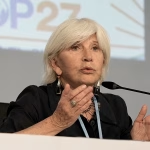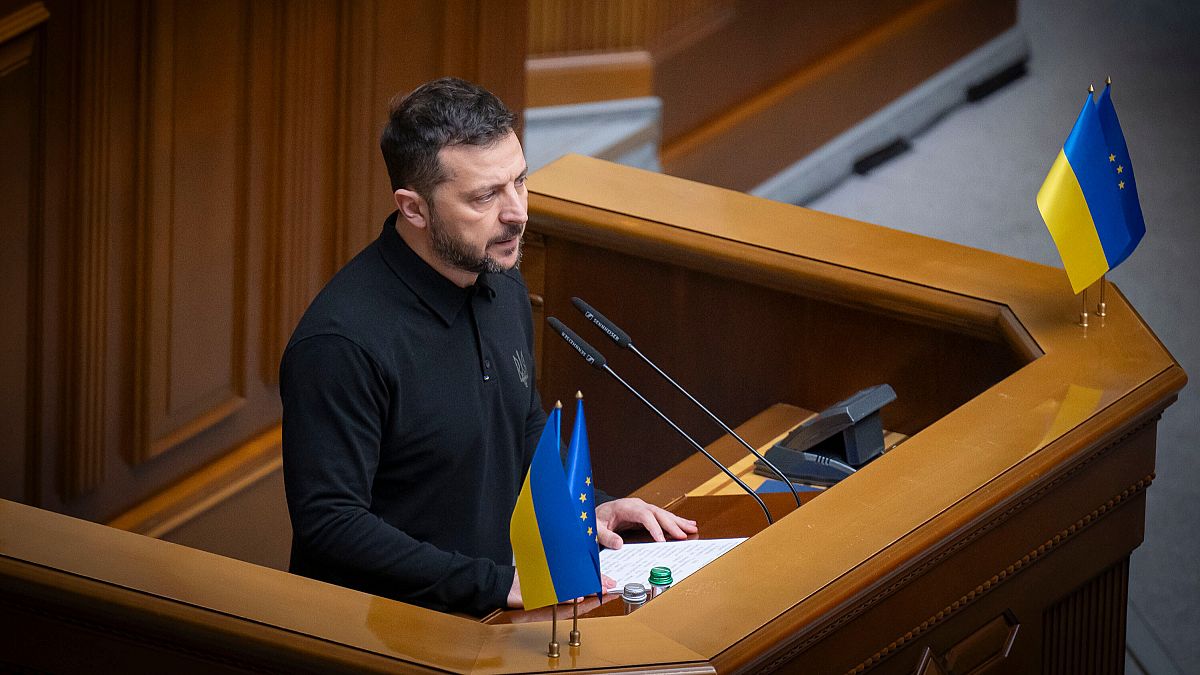Russia has been gradually making gains in its conflict with Ukraine, prompting the Ukrainian government to seek increased support from Western allies. Ukrainian President Volodymyr Zelenskyy has put forth a “victory plan” that includes Ukraine becoming a full member of NATO before the war ends. However, NATO Secretary General Mark Rutte has not committed to Ukraine’s membership path, stating that the priority is to position Ukraine for future negotiations with Russia. While Zelenskyy sees NATO membership as a way to bring peace to the country, many allies are hesitant to publicly support Ukraine’s accession while fighting continues.
Zelenskyy’s victory plan includes NATO membership as the first point, citing it as a testament to allies’ determination to support Ukraine. NATO’s Article 5, which guarantees collective security for member countries, is seen as a key pillar of the alliance’s credibility. However, the decision to offer Ukraine membership is subject to consensus among member countries, with fears that such a move could lead to direct conflict with Russia. Despite declaring Ukraine’s path to NATO membership as irreversible, the timeline for the process remains uncertain, with a decision likely to be made at the next summit in June.
Meanwhile, Ukrainian forces are struggling to hold off Russian advances, particularly in the Donetsk region. Zelenskyy has acknowledged discussions with Western partners about potential negotiations with Russia, signaling a shift in strategy. As part of his plan, Zelenskyy also calls for continued strikes on Russian targets, enhanced air defense systems, and increased intelligence sharing with allies. The situation in Ukraine remains complex, with the conflict showing no signs of abating and the need for broader international support becoming increasingly urgent.
The ongoing conflict between Russia and Ukraine has escalated in recent months, prompting Ukraine to call for increased assistance from Western allies. President Zelenskyy’s “victory plan” outlines a path to peace that includes Ukraine becoming a full member of NATO. However, NATO Secretary General Mark Rutte has not committed to Ukraine’s membership, citing the need to position Ukraine for future negotiations with Russia. The uncertainty surrounding Ukraine’s NATO accession highlights the complex geopolitical dynamics at play and the challenges of navigating the conflict while maintaining international support.
While Zelenskyy sees NATO membership as a crucial step towards ensuring Ukraine’s security, many allies are hesitant to openly support Ukraine’s membership while fighting continues. The decision on Ukraine’s membership lies with NATO’s member countries, who must reach a consensus on the matter. Despite declarations of support for Ukraine’s NATO path, the timeline for the accession process remains unclear, with a decision likely to be made at the upcoming summit in June. The ongoing conflict in Ukraine underscores the urgent need for a coordinated international response and a strategic approach to addressing the escalating crisis.
As the conflict in Ukraine continues to unfold, Ukrainian forces are facing challenges in holding off Russian advances, particularly in the Donetsk region. Zelenskyy has acknowledged discussions with Western partners about potential negotiations with Russia, signaling a shift in strategy. Zelenskyy’s victory plan includes calls for continued strikes on Russian targets, enhanced air defense systems, and increased intelligence sharing with allies. The situation in Ukraine remains complex, underscoring the need for a unified approach to addressing the conflict and ensuring the country’s security. The road to peace in Ukraine is fraught with obstacles, but with increased support from Western allies, there is hope for a resolution to the ongoing crisis.










